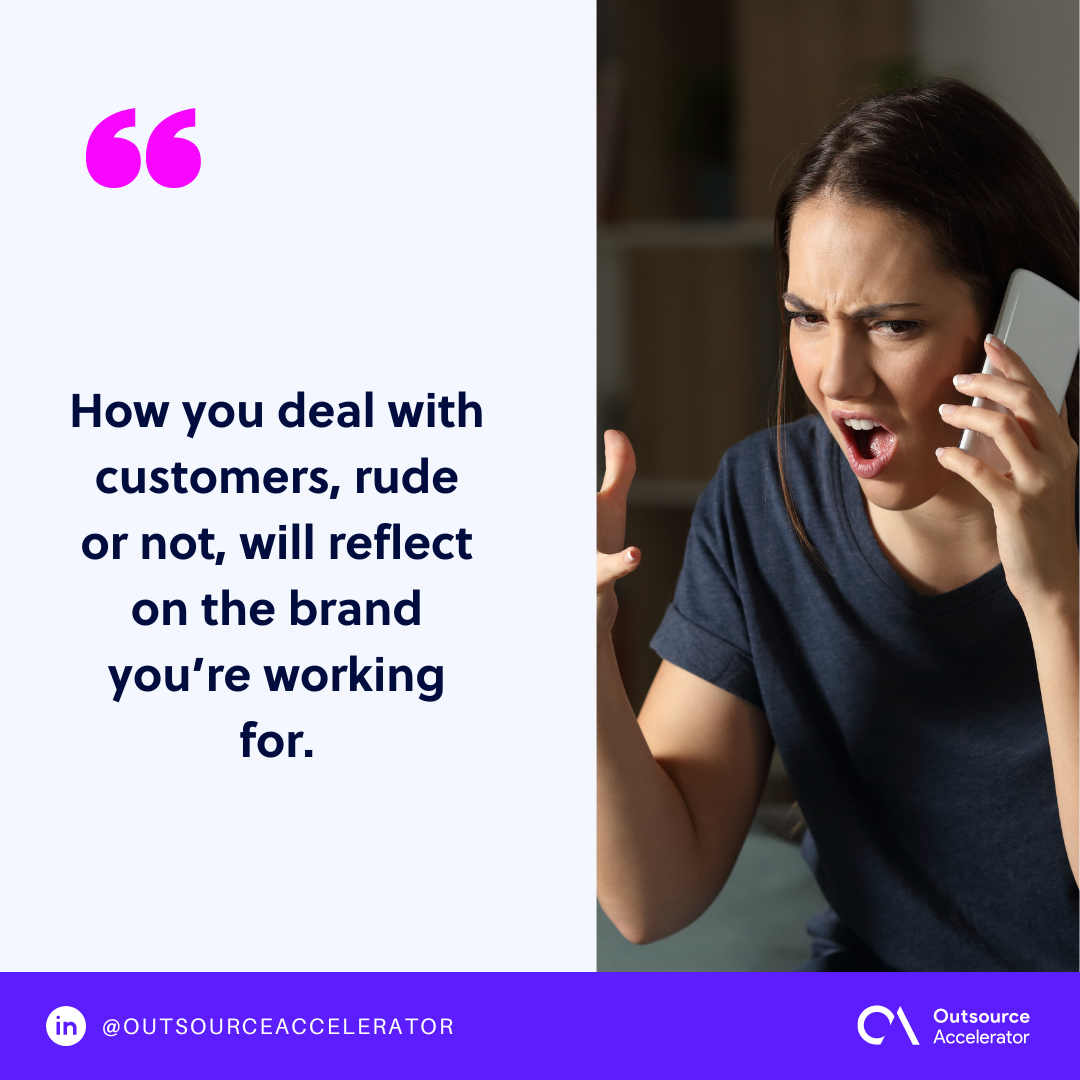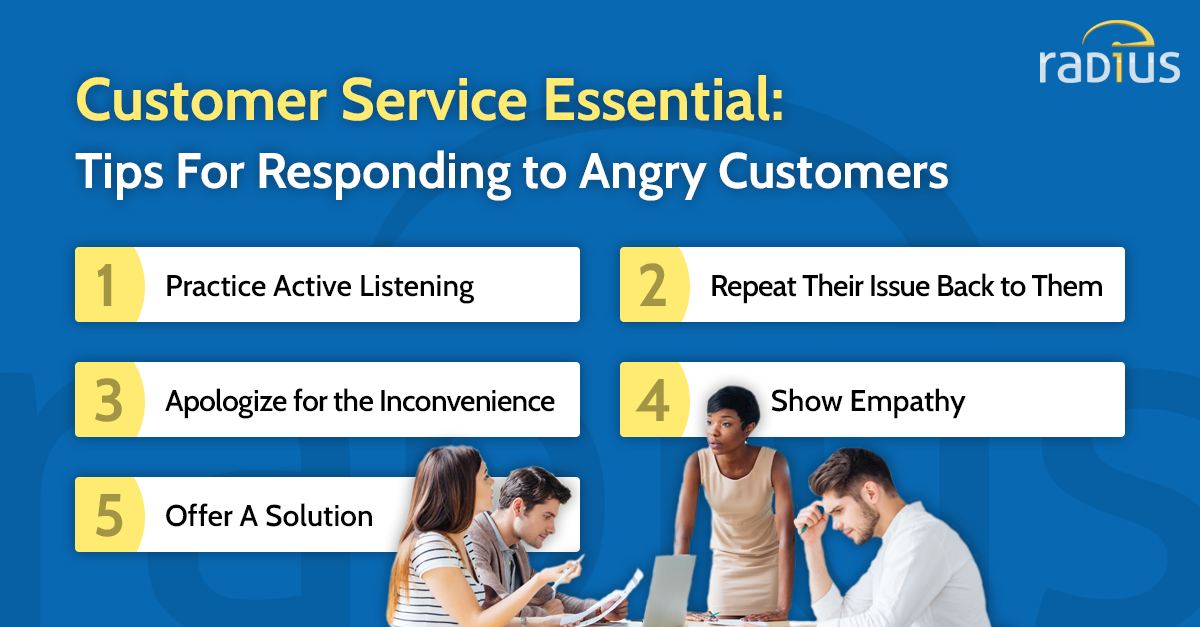How To Deal With Rude Customer Service Representatives

Imagine this: You've been on hold for 45 minutes, your favorite coffee machine is spewing grounds instead of brewing, and the customer service representative on the other end of the line sounds like they’d rather be filing taxes. Their tone is dismissive, their answers vague, and your frustration is reaching boiling point. It's a scenario many of us know all too well.
Knowing how to effectively navigate these unpleasant interactions can save your sanity, and potentially, resolve your issue more efficiently. This article provides actionable strategies to defuse tense situations, communicate your needs clearly, and ultimately, get the customer service you deserve.
Understanding the Landscape of Customer Service
Customer service, in its ideal form, is a partnership. It's a collaboration between a company and its customers to ensure satisfaction and loyalty. Unfortunately, the reality can sometimes fall short.
Numerous factors can contribute to a negative customer service experience. Representatives may be under immense pressure to handle a high volume of calls, or they may lack the proper training and resources to effectively address customer concerns. High employee turnover in customer service roles can also lead to inconsistencies in service quality.
According to a 2023 report by the Customer Service Institute of America, stress levels are consistently higher among customer service professionals compared to other industries. This stress can unfortunately manifest as impatience or rudeness towards customers.
Strategies for a Positive Outcome
While you can't control the representative's behavior, you *can* control your own. Approaching the situation with a calm and strategic mindset is the first step.
Begin by taking a deep breath and consciously lowering your voice. A calm and collected tone will immediately set a more constructive tone for the interaction. Avoid accusatory language and instead, focus on clearly articulating the problem you're experiencing.
Document Everything
Before you even dial the phone, gather all relevant information about your issue. This includes order numbers, account details, dates of purchase, and any previous communication you’ve had with the company. Having this information readily available will save time and demonstrate that you are prepared.
Practice Active Listening
It's tempting to interrupt when you feel frustrated, but actively listen to what the representative is saying. Allow them to fully explain their perspective before interjecting. You might be surprised; they may offer a solution you hadn't considered.
Use "I" Statements
Frame your concerns using "I" statements. For example, instead of saying "You are not helping me," try "I am feeling frustrated because I don't understand the solution." This approach focuses on your experience and avoids placing blame, which can make the representative more receptive to your needs.
Request a Supervisor
If you’ve tried your best to resolve the issue politely and the representative remains unhelpful or rude, it's perfectly acceptable to request to speak with a supervisor. Simply state your request calmly and professionally. "I understand you're doing your best, but I believe speaking with a supervisor would be beneficial at this point."
Follow Up in Writing
After your call, consider sending a follow-up email summarizing your conversation and outlining the agreed-upon solution. This creates a written record and provides an opportunity to clarify any misunderstandings. Include details like the date, time, and name of the representative you spoke with.
The Bigger Picture
Dealing with rude customer service representatives is undeniably frustrating. However, by employing these strategies, you can navigate these situations more effectively and increase the likelihood of a positive outcome. Remember, you deserve to be treated with respect, and advocating for yourself is not only your right but also essential for receiving the service you're entitled to.
Ultimately, a company's customer service reflects its values. While individual interactions can be challenging, your feedback, both positive and negative, can contribute to improvements in service standards and a better customer experience for everyone.


















